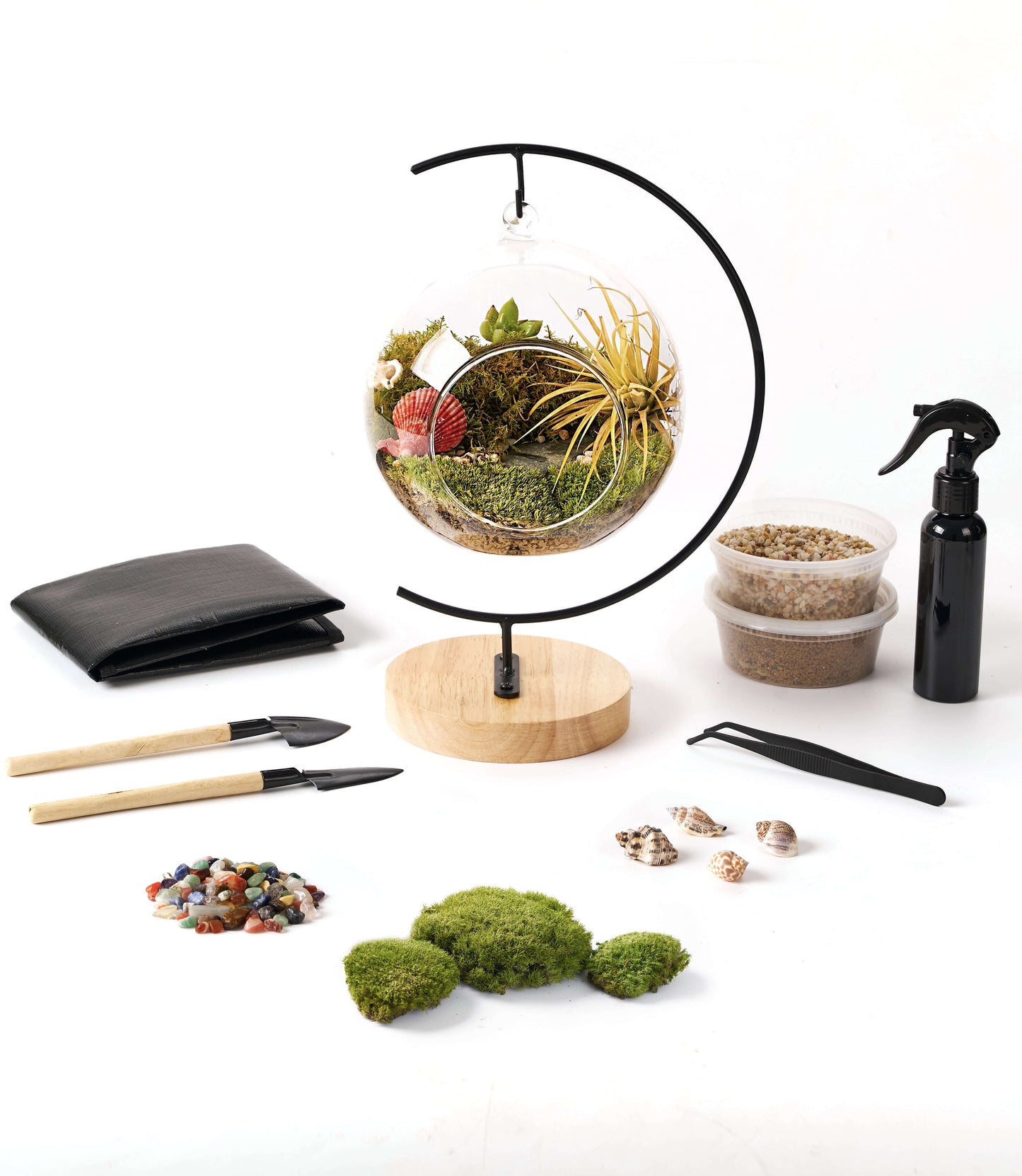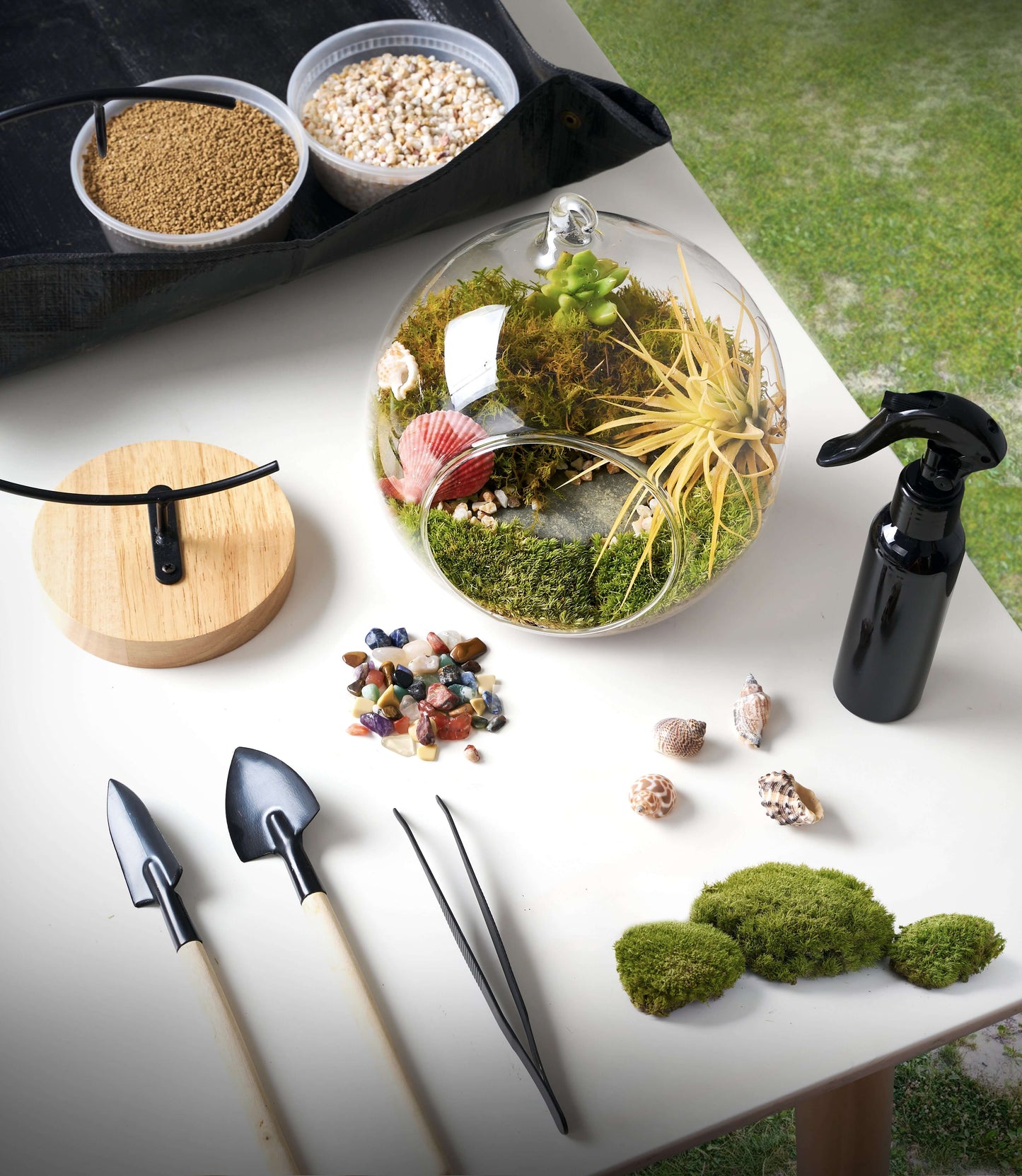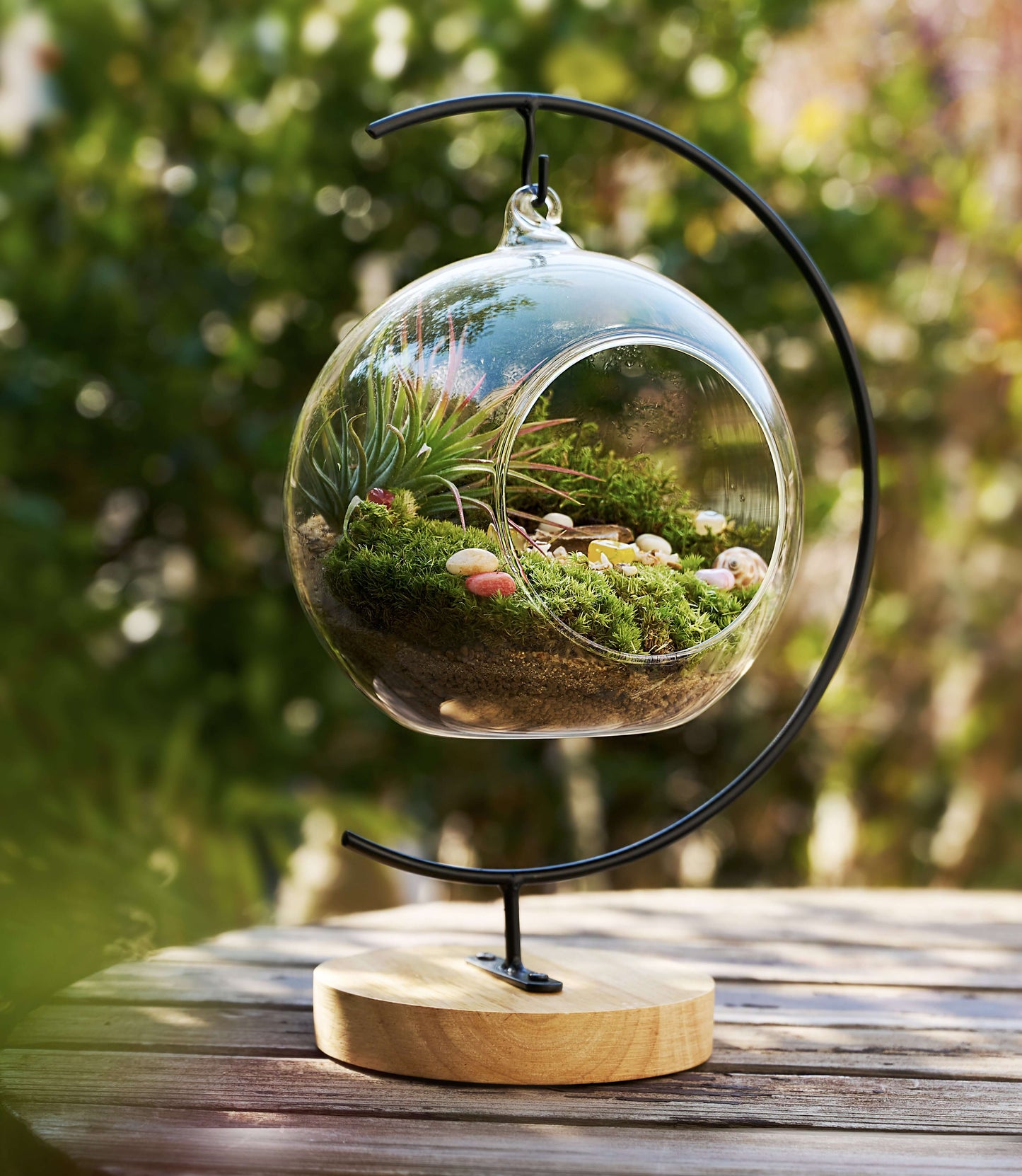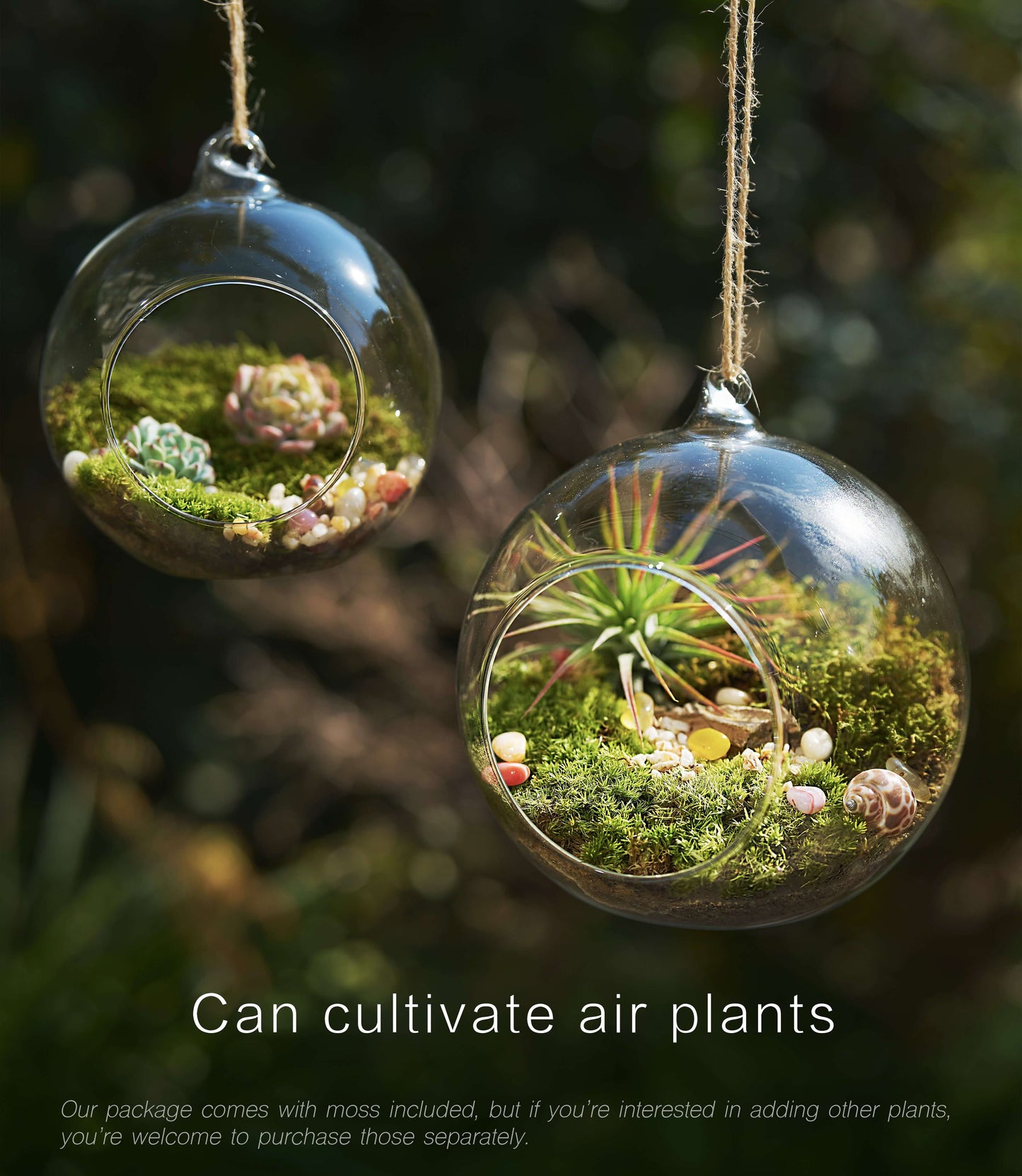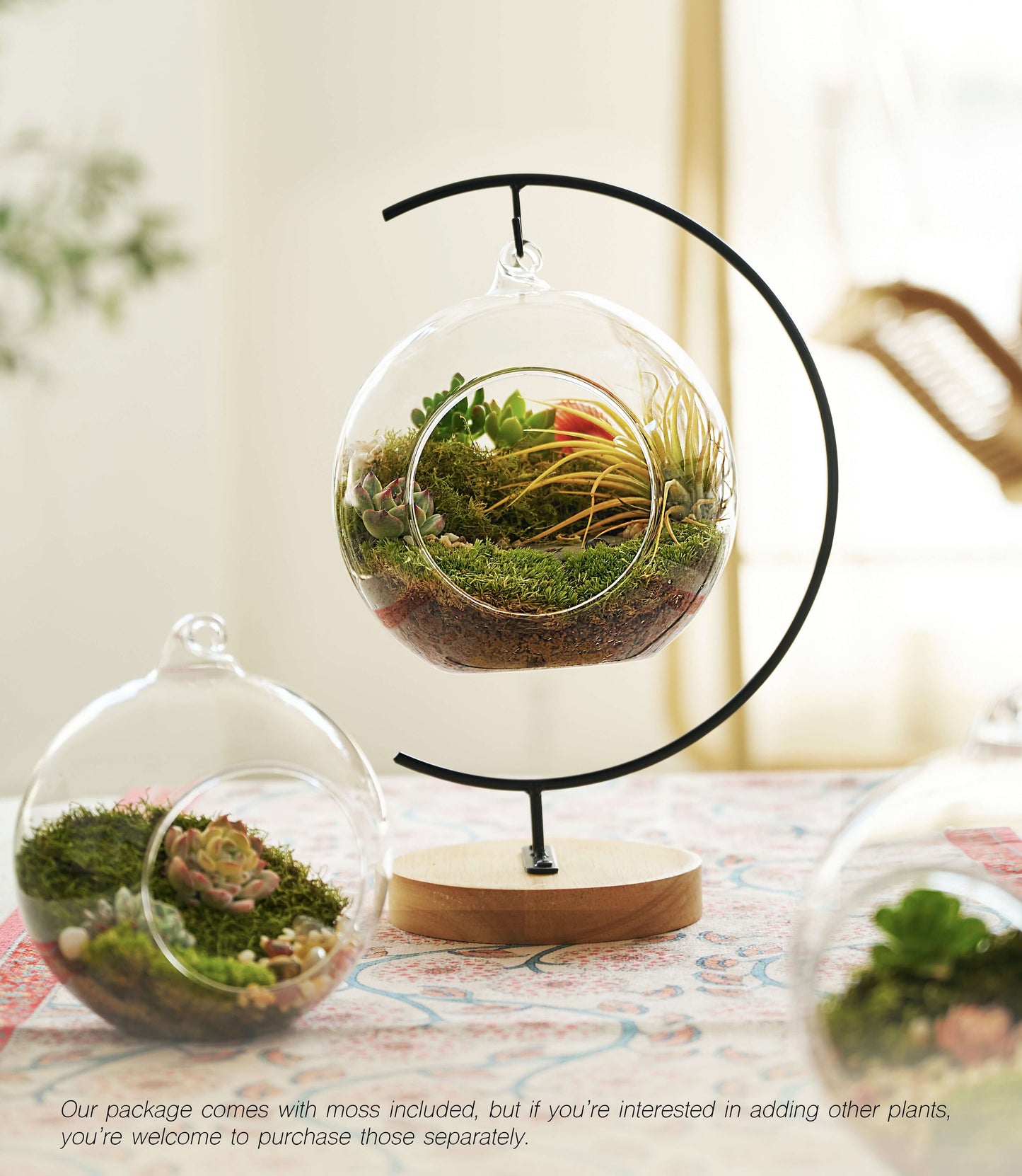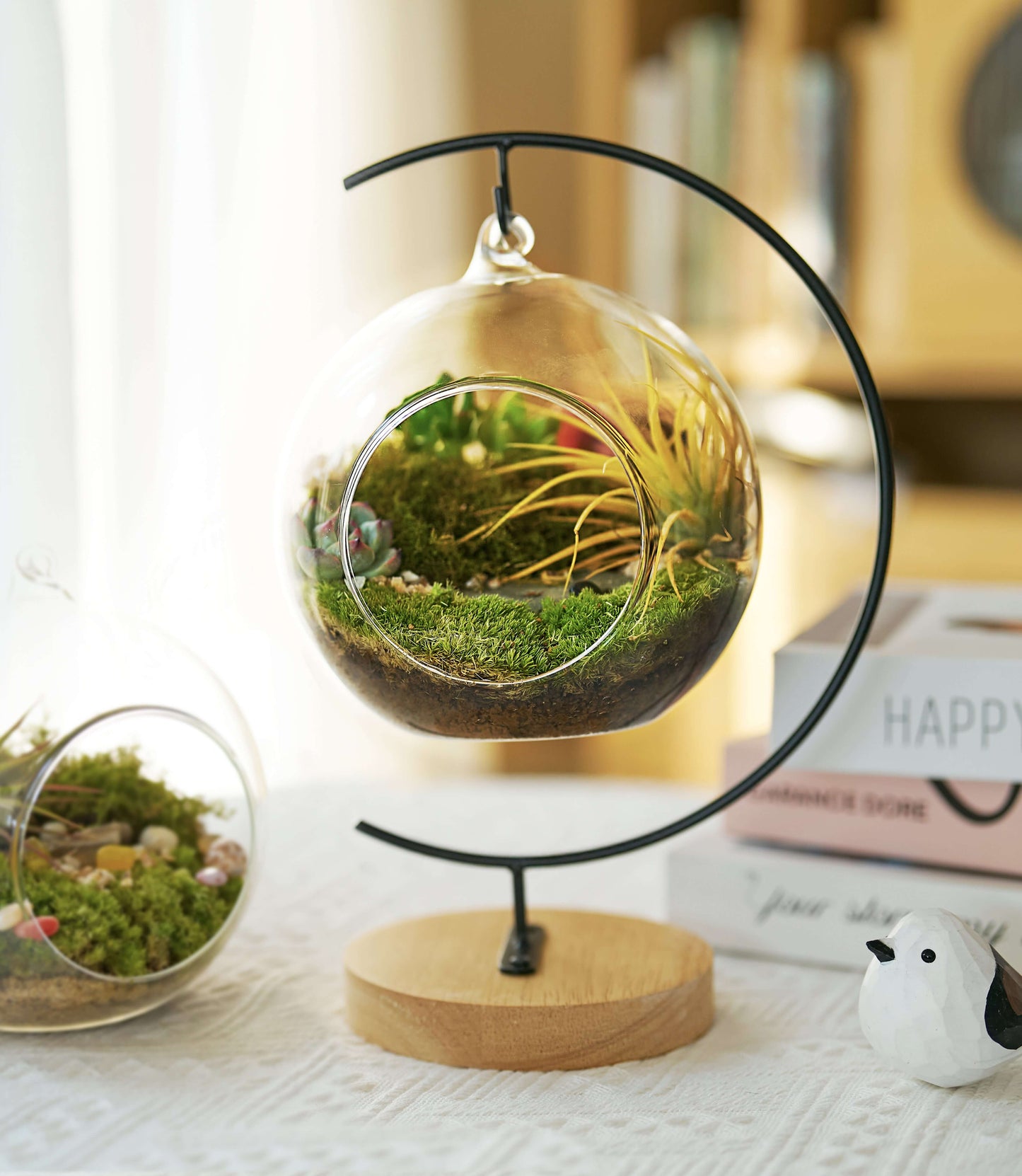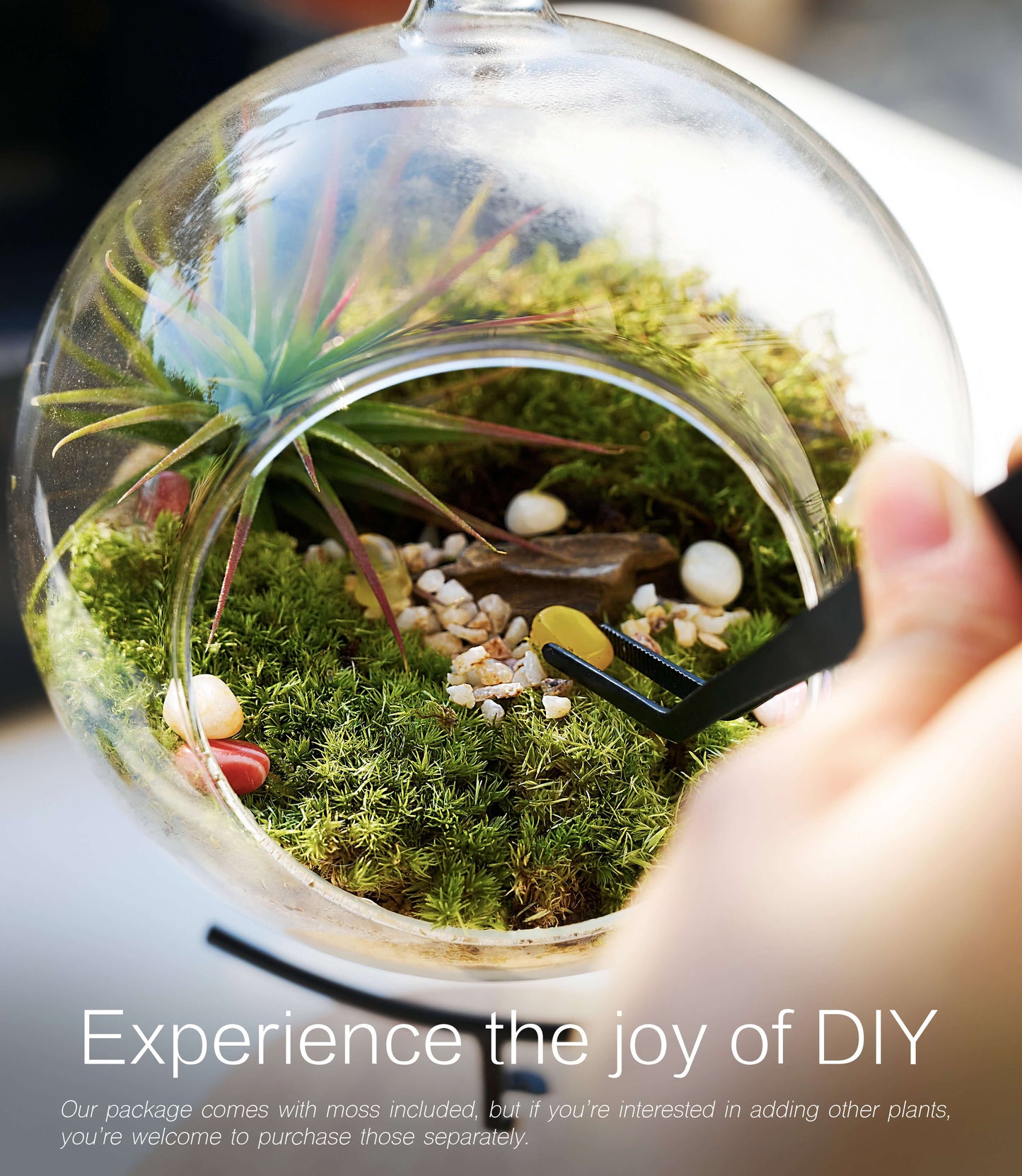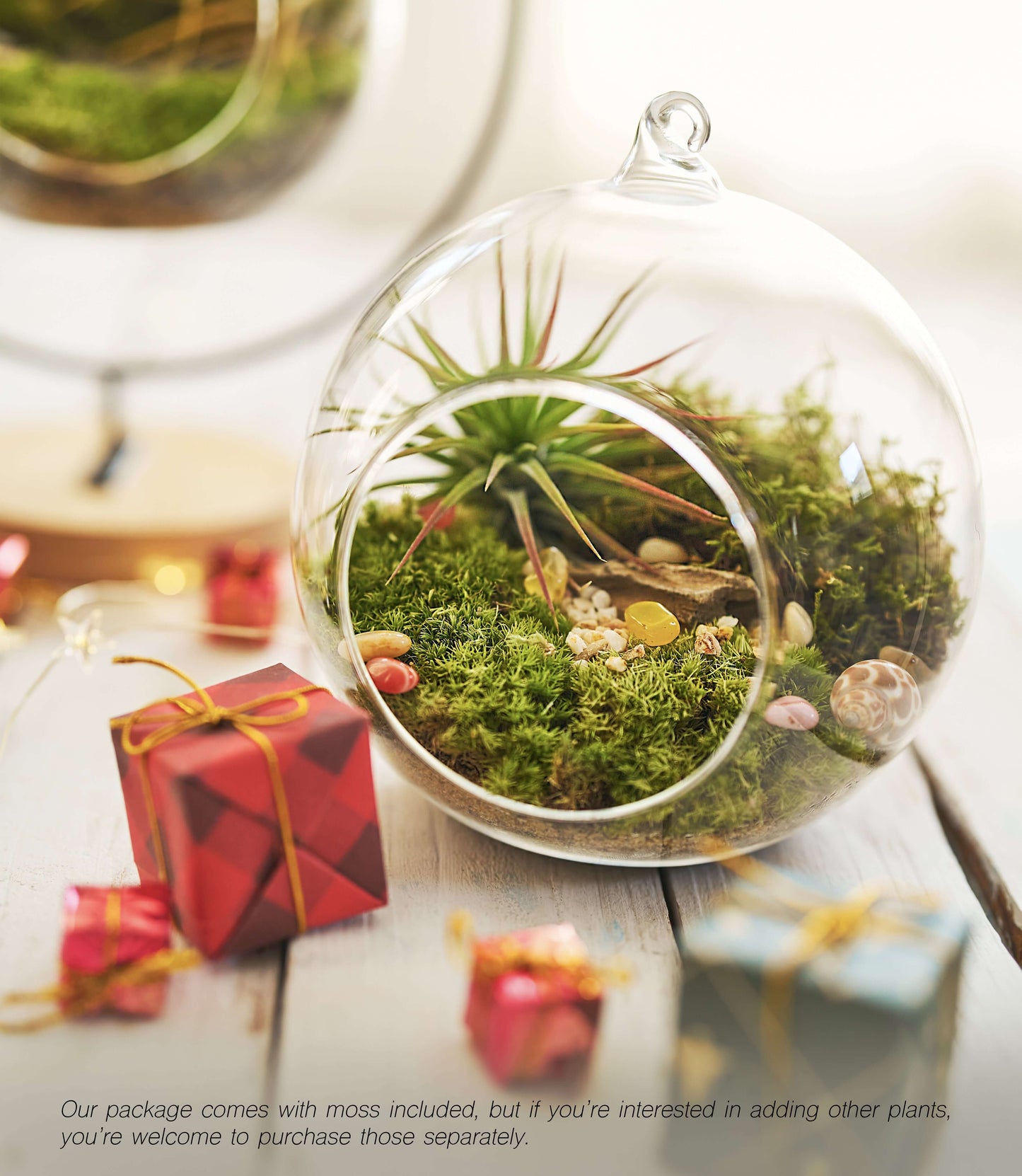Live Cushion Moss – Care, Uses & Buying Guide
Introduction to Moss Varieties
Cushion moss is completely different from the “carpet-like” look of sheet moss. Instead of spreading flat, it grows into soft, round cushions of live moss, like tiny green creatures huddled together. Some feel as firm as little sofas, while others are fluffy like fresh marshmallows. Look closely and you’ll notice each stem standing upright, with leaves densely packed. When dry, the cushions turn pale green or grayish-white and feel slightly stiff—but with just a mist of water, they unfurl and transform into a rich, vibrant turquoise green, instantly full of life.
The most remarkable feature of cushion moss is its three-dimensional effect in terrariums, bonsai, or decorative landscapes. A single clump can create rolling green hills in a microscape. Tucked into the crack of a rock, it looks like a velvet cap. Even placed alone in a shallow dish, cushion moss naturally grows into a rounded mound, forming a living focal point with almost no maintenance required.
Despite its delicate appearance, cushion moss is surprisingly hardy. As long as it’s kept out of standing water and given some diffuse light, it grows slowly and steadily—thickening into denser, greener cushions rather than spreading outward. Over time, each clump becomes like a miniature green velvet ball, making it perfect for terrariums, moss balls, bonsai displays, and natural décor projects.
Main Types of Live Moss
Live Cushion Moss stands apart from sheet or rock mosses with its cluster-growth habit, forming compact, cushion-like mounds.
• Leucobryum moss (pincushion moss) is prized for its marshmallow-soft appearance and spongy water retention—thriving in drought yet sensitive to over-moisture   .
• Ptychostomum moss, the adaptable “little moss,” forms dense clumps in rock crevices or rooftop cracks. Pollution-tolerant and self-contained, it maintains its shape rather than spreading .
• Bryum moss features a silvery sheen and resilience to trampling. Often found edging pathways, it prefers shade and moisture, yet withstands dryness better than water-loving counterparts.
Unlike the sprawling carpet of sheet moss or the clinging nature of rock moss, cushion moss lives as independent, spherical clusters—its dense morphology excels at moisture retention, making it an ideal low-maintenance ground cover or terrarium accent.
Growing Conditions & Care Guide
FAQ
Q1: What kind of growing environment do cushion mosses generally prefer?
Keywords: acidic, well-drained, well-ventilated, bright, diffused light (or open outdoor location).
The representative species, Leucobryum glaucum, often forms deep mats in open moorland and heathland, indicating its preference for airy, moderately humid environments with loose, slightly acidic soil.
Q2:What are the common types of cushion mosses?
Leucobryum glaucum : Silvery-green to grayish-white rounded mats/humps with a typical "pincushion" appearance.
Dicranum scoparium: Hummock-like, with leaves that curve in the same direction, giving it a "windward" feel. It is widely distributed.
Ceratodon purpureus : A pioneer species, it tends to form dense clusters or small mats in disturbed areas/sunny surfaces. It is common worldwide.  
Of course there are other varieties, but here we only list three common ones.
Q3: When creating a landscape, are they more suitable to be the "focus" or the "supporting role"?
When creating a landscape, mat-like mosses naturally offer volume and height. For example, Leucobryum forms deep, round mats, while Dicranum has a windswept silhouette, making them ideal for use as focal points, at path corners, or on rocky roofs.
For large areas of "base" or continuous carpeting, sheet mosses (such as Hypnum and Brachythecium) offer greater stability. Are they better suited as focal points or supporting roles?
Q4:What should I pay attention to when caring for cushion moss indoors?
The most important thing is that they're afraid of being suffocated. If kept in a closed system, be sure to control condensation and regularly open the lid for ventilation, otherwise they can easily become gray and rot at the base. Furthermore, it's not currently recommended to use these mosses as large-scale indoor living walls—they have a relatively short survival window indoors, making them difficult to maintain long-term in large areas. They're more suitable for small-scale embellishments in micro-landscapes or bonsai.
Collections
-

Buy Live Sheet Moss – Fresh Moss for Terrariums, Orchids & Home Decor
Bring nature into your home with our fresh Live Sheet Moss. Perfect...
-

Buy Live Cushion Moss – Natural Dome Moss for Terrariums, Bonsai & Indoor Décor
Bring a lush, soft green touch to your projects with Live Cushion...
-

Buy Live Fern Moss – Lush Green Moss for Terrariums, Vivariums & Natural Décor
Fern Moss is a vibrant, feathery-textured moss that adds softness and a...
ICRAFT
15-Piece Terrarium Kit with Live Moss – DIY Glass Globe Set with Tools, Soil, Stones & Spray Bottle – Indoor Mini Garden Gift for Plant Lovers, Home Decor & Zen Craft
